Apple has finally made the call on something they've been considering for years, introducing ads into Apple Maps. After years of internal debates and careful planning, the company is reportedly moving full steam ahead with this monetization strategy, with recent reports indicating a definitive launch timeline of 2026. This is not just another revenue stream. It reads like a pivot that reshapes Apple's relationship with its users, essentially mirroring Google Maps' existing business model. Sound familiar to anyone who picked Apple Maps to avoid exactly that?
What's coming is more than a few sponsored results when you search for nearby restaurants. It signals Apple's willingness to monetize core iOS functionality in ways that test its traditional user-first stance, and it raises real questions about where the company's priorities are headed.
The business model: How Apple plans to monetize Maps
Here's the basic shape. Apple's ad system in Maps will look a lot like App Store Search Ads. If you have ever searched for apps on your iPhone, you have seen those little "Ad" labels at the top. Now imagine the same idea applied to places in the real world.
According to Analytics Insight, restaurants and brick-and-mortar locations will pay for prominent placement when you search for services. Type "coffee near me" and the first few cards might be paid spots, with organic results underneath. Swap coffee for "tire repair at 8 pm" or "sushi open late" and you get the picture.
Apple's pitch leans on quality and relevance. The company says the interface will stay clean and that AI-powered targeting will show listings that match what you are actually looking for, according to SQ Magazine. Not random ads, but contextual ones. Search intent matters, timing matters, and the result should still feel like a helpful list instead of a billboard.
You will also see labels on promoted placements, so it is clear what is paid and what is not. That kind of transparency, a familiar Apple promise, may be the thing that keeps users on board during the shift.
Apple's services revenue strategy behind the move
The play is obvious. Maps ads slot neatly into Apple's services push, a division that brings in over $100 billion annually, as per Analytics Insight. The trajectory matters even more.
Apple's advertising business alone was around $4 billion in revenue by 2022, with plans to push into the double-digit billions, as reported by Live Mint. Services revenue has grown 108% in five years, up from $13.2 billion to $24.2 billion in recent quarters, according to the same Live Mint report. Hardware growth can wobble. Engagement is already there. Ads turn daily usage into inventory without new infrastructure or user acquisition.
There is also the competitive angle. Local ads put Apple toe to toe with Google in one of Google's richest categories, and they deepen ecosystem lock-in. Open your iPhone, search in Maps, stay in Apple's world.
AI integration and user experience considerations
This is where Apple wants to differentiate. The company plans to lean on artificial intelligence so ads feel relevant and useful, not spammy. As noted by Storyboard18, AI targeting will try to match listings to preferences and intent. Morning commute, show coffee. Friday evening, surface dinner spots. Bad weather, highlight places with indoor seating or quick curbside pickup vibes. According to TechBuzz, timing and context matter.
Instead of banners cluttering the map, the focus stays on search results and subtle placements that fit the interface. Clean lines, small labels, quick taps.
The big swing is Apple's ability to learn from activity across its platforms. Siri interactions, App Store purchases, and Apple Pay transactions could all shape more relevant ads than competing approaches. That power cuts both ways, and it brings privacy questions Apple will need to navigate carefully.
What this means for Apple's ecosystem and user trust
Here is the rub for longtime Apple fans. Ads in Maps clash with the company's privacy-forward image. The move risks swapping a reputation for user-first design with one centered on advertising revenue.
Trust is at stake. Apple Maps has been a clean, ad-free refuge. Many people chose it over Google Maps because the results felt authentic, not paid. If that authenticity blurs, even a little, users will notice.
Backlash is a real possibility, especially from customers used to ad-free core apps who may see this as revenue over experience. Why pay premium prices and still see promoted spots at the top?
On the flip side, local businesses get a new lane to reach iPhone users who are actively searching nearby. Restaurants, retailers, and service shops all gain an alternative to Google's local ad dominance, with access to an affluent audience already inside Apple's ecosystem.
The line Apple has to walk is thin. Keep relevance high, keep the interface clean, keep trust intact. If the ads feel useful, people will shrug and keep moving. If not, the blowback will be loud.
The road ahead: Implementation timeline and industry impact
Apple's Maps ad rollout is expected to begin in early 2026, likely alongside a major iOS update that enables paid placements. The longer runway suggests Apple wants time for AI tuning and interface polish, a wise move given how quickly a bad ad experience can sour a daily-use app.
How this lands will influence whether Apple expands ads into other core apps. Maps become the test kitchen, and the results will ripple far beyond navigation.
Industry-wide, Apple's entry challenges Google in local advertising, where Maps and Search have long worked hand in glove. A credible alternative could reshape location-based marketing, giving businesses another route to customers and pressuring Google's near-monopoly.
If Apple pulls this off without a user revolt, it signals something larger, a tech industry bent ever more toward ad revenue even from brands that once stood apart. That would mark a turning point for Apple, and for how we discover places around us, from the first tap to the final turn.







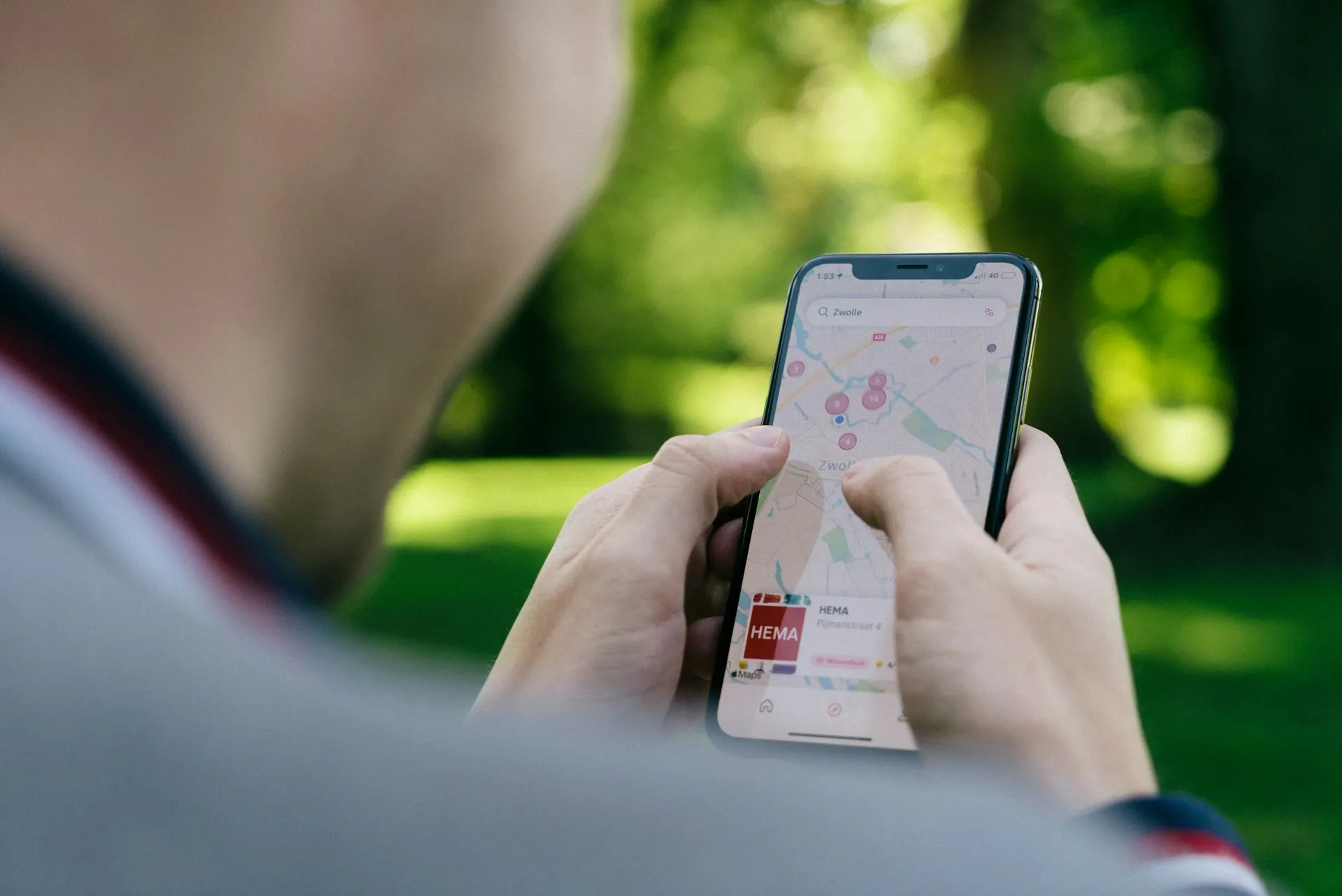







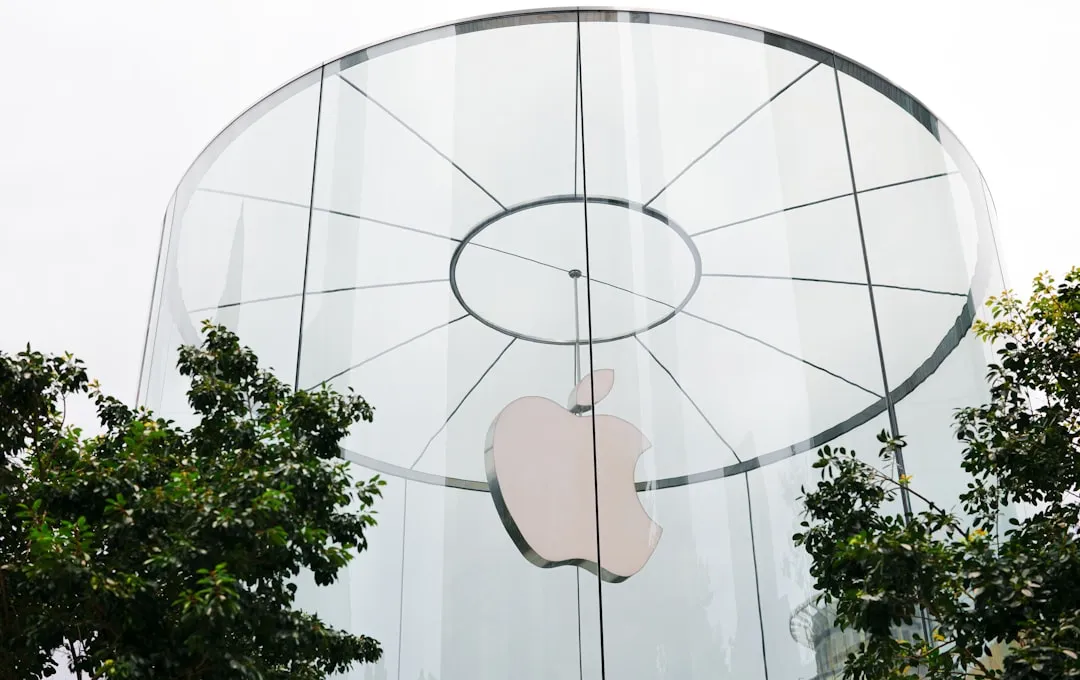
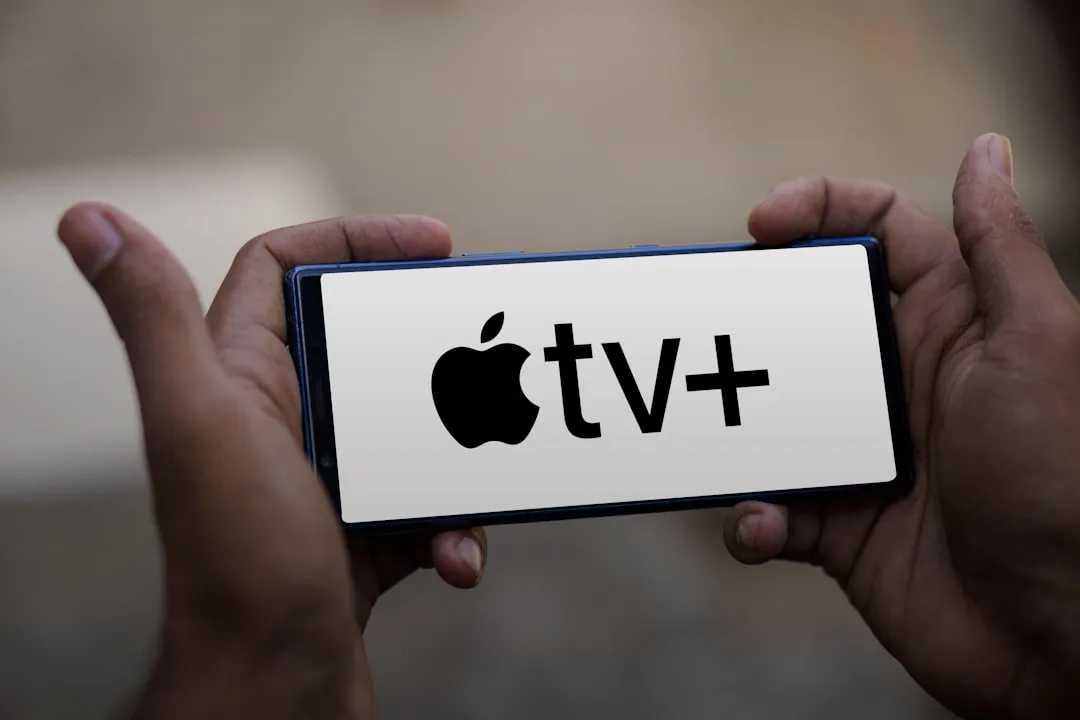


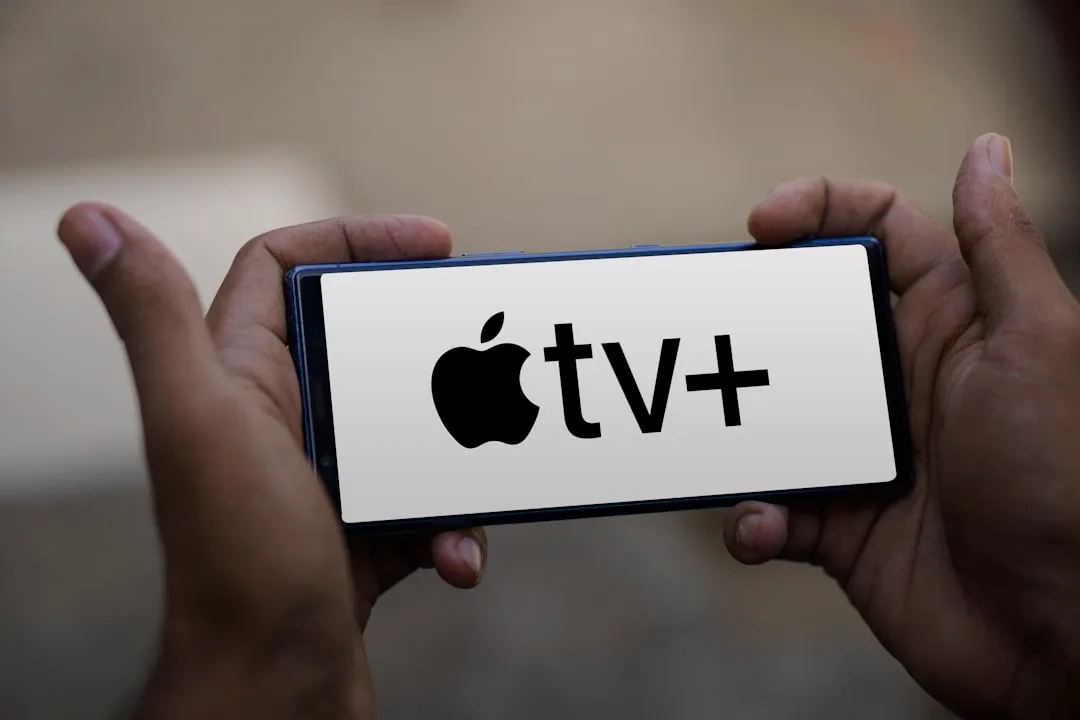

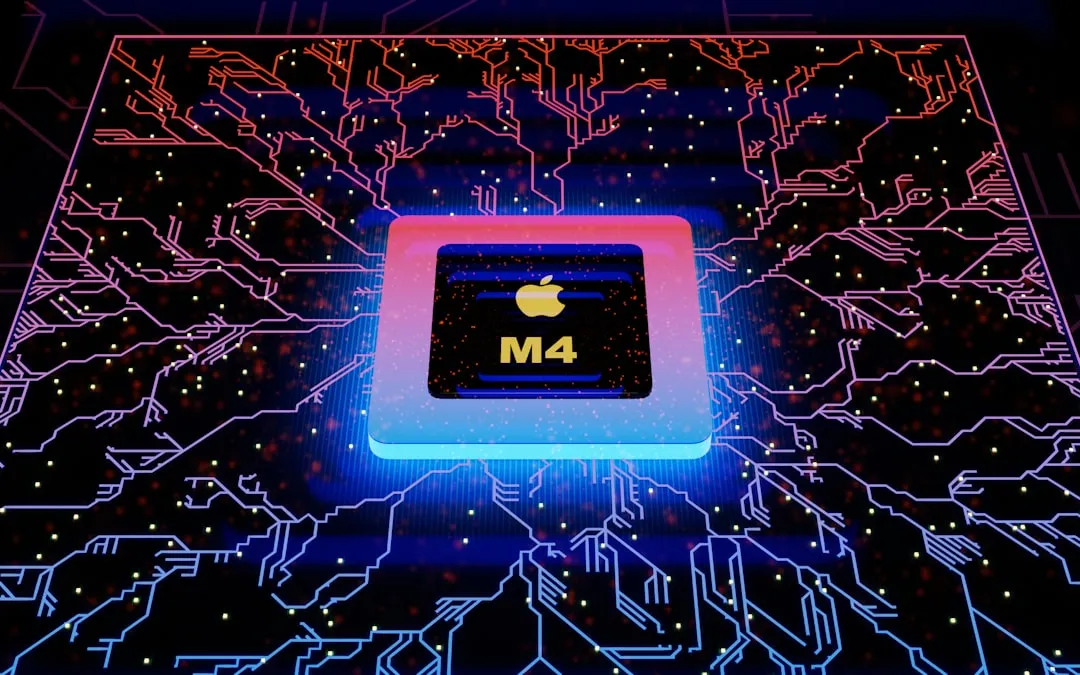
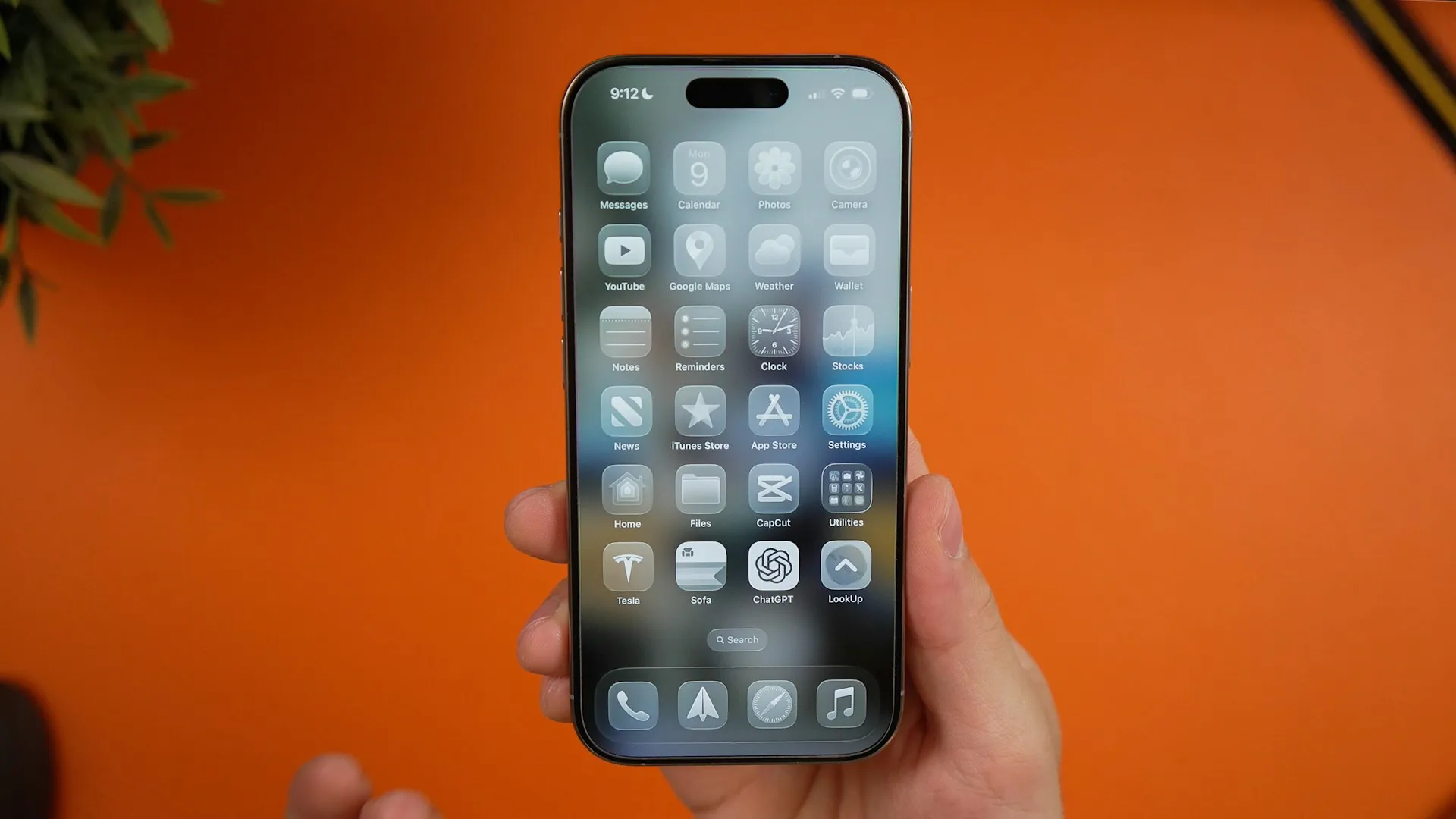

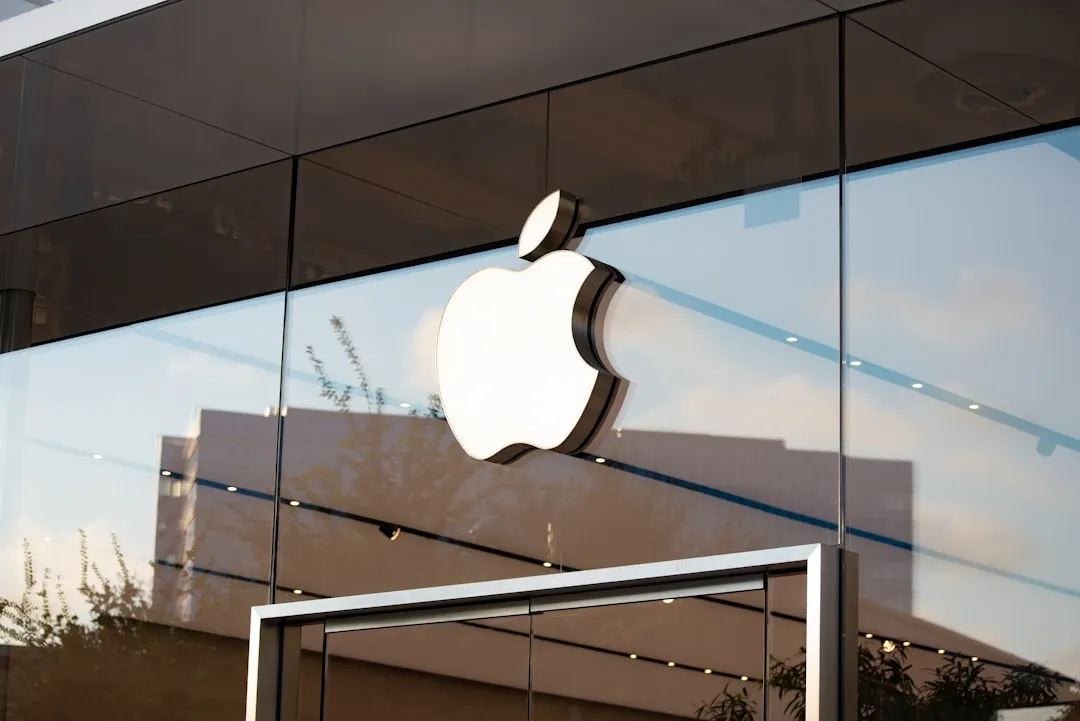



Comments
Be the first, drop a comment!